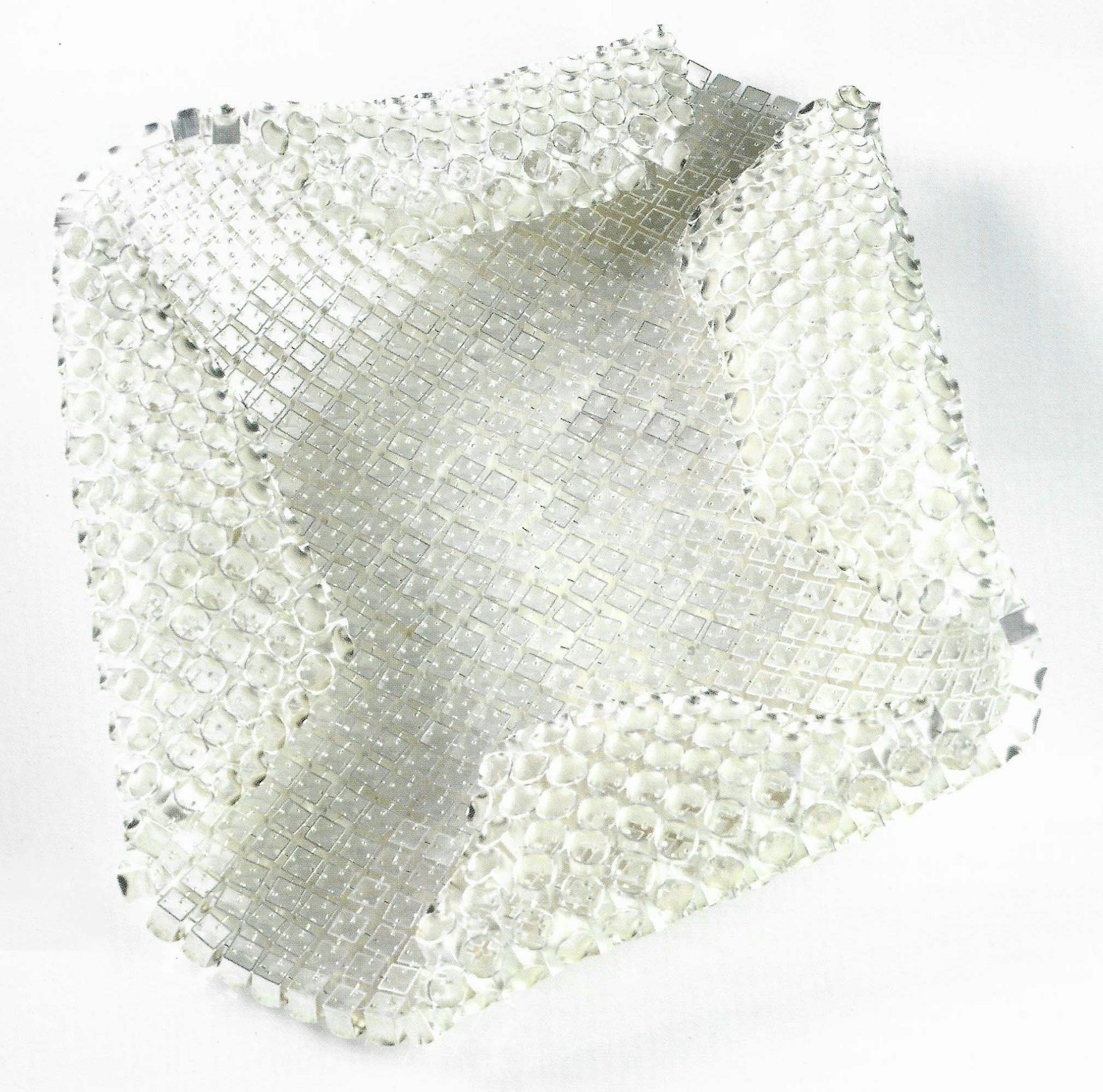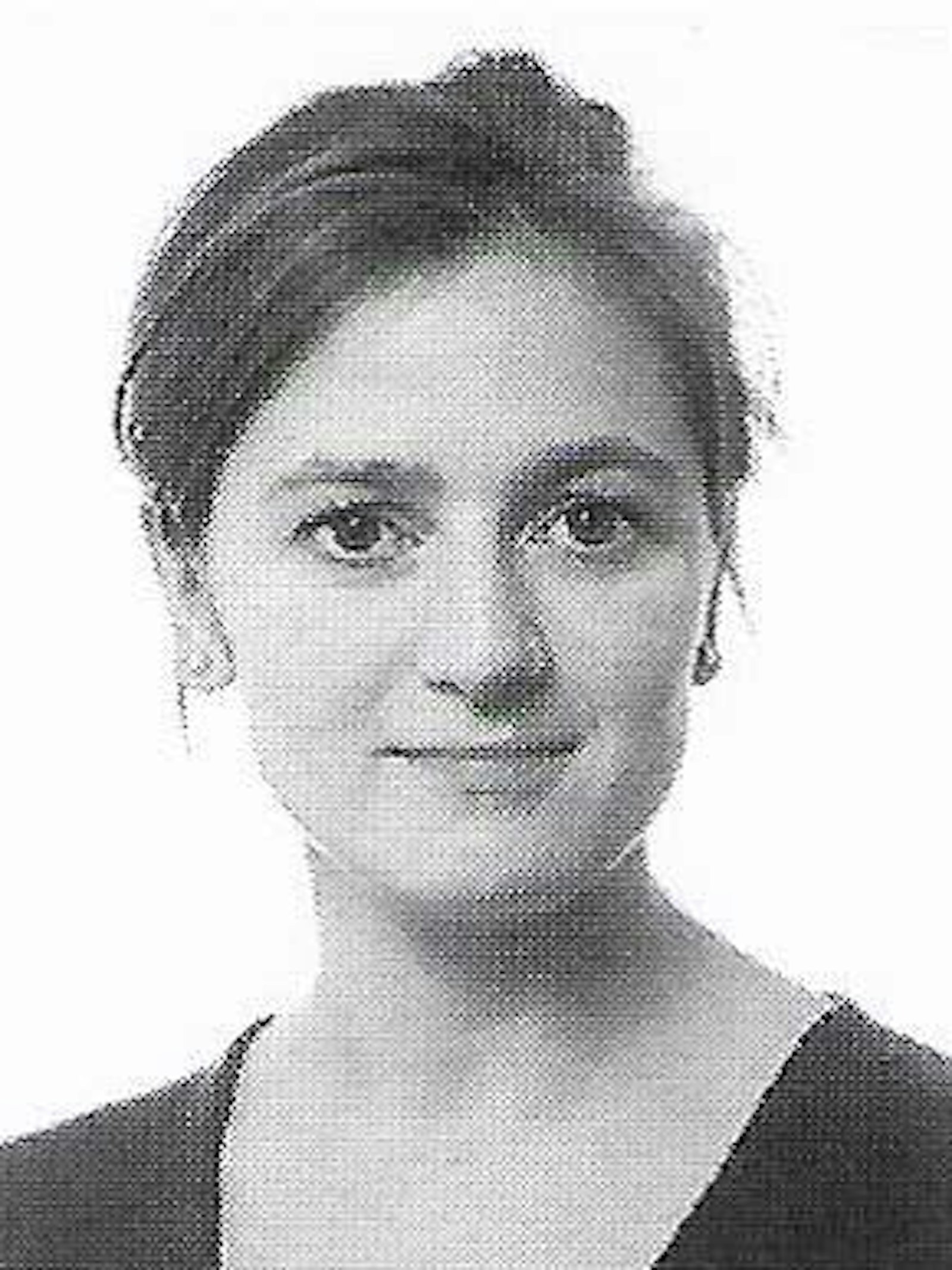de Velde
Modulaire Schaal
Salima Thakker was born in 1975.
Following her studies at the Koninklijke Academie voor Schone Kunsten in Antwerp (1993-1997), she went on to perfect her technical skills, first at the lstituto Statale d'Arte "Pietro Selvatici" (1977-1998) in Padua (I) and then at the Royal College of Art (1998-2000) in London (UK).
Her studies there were to culminate in winning both the Goldsmiths Craft and Design Award for Fashion Jewellery in 2000 and the Royal College of Art Society and Waterstones Prize in 2002. During her studies in Antwerp, Salima followed a work experience programme at the Galerie Sofie Lachaert. It was here, under the name of Mehta, that her work was regularly exhibited.
In her early work, Salima's point of departure was African jewellery, along with other ways of embellishing the body such as tattoos and scarification. In her own personal way, she translated these concepts into reality, firstly using rough unfinished metal, and later treading a clear path towards the Japanese mokume technique. Sometimes, the pieces were enormous, heavy artefacts; artefacts too cumbersome to be worn on the body for more than short periods of time. These pieces would leave their traces on the wearer's body temporarily, traces that Salima photographed.
The human body, with its forms, movement, and geometry, remains the central inspiration of her work. At the Royal College, she created her own language of forms composed of equal units. When worn, these elements form as it were a second skin, adopting the shape and movement of the body completely. Away from the body, they are sculptures in their own right, and although they may be on a small scale, they nevertheless radiate an architectural charisma that is quite monumental. Every new design is a voyage of discovery into form and composition; into the technical extremes and limits dictated by the material.
The modular dish, with which she won the Henry van de Velde Award 2002 for Best Product, came about following the exhibition "Table de Fin de Siecle" in the Galerie Sofie Lachaert. Just as her jewellery adapts itself to the shape of the body, so this bowl can be shaped to match the contents attributed to it; open, half-open, or closed.
Not many people can boast of having won the Henry van de Velde-Prijs so remarkably early in their careers. It is proof of an enormous maturity, a spirit which we are sure is set to delight us with many more future wonderful creations. In this regard, I recall a visit I paid to the Galerie Sofie Lachaert in 1998. Even then, I was to hear predictions of a great future for Salima. Sofie was right!


